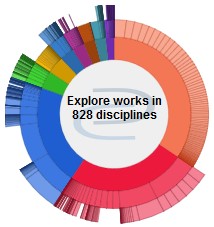Abstract
Barbara Grey, a Shaker Heights resident, served as the president of the Shaker Heights School Board for eight years. She oversaw school closings and integration. All five of Grey's childten went to the Shaker public schools and now she has two grandkids in the schools. She is impressed by the vibrant arts programs at the schools and the active school community. She says Shaker Heights is a civic minded city and residents are always involved in the commnity whether it be the schools, the library, or finding out more about the city's past. Grey is happy to live in such an active, close knt community.
Loading...
Interviewee
Gray, Barbara (interviewee)
Interviewer
Halligan-Taylor, Gabriela (interviewer)
Project
Shaker Heights Centennial
Date
6-28-2012
Document Type
Oral History
Duration
43 minutes
Recommended Citation
"Barbara Gray Interview, 28 June 2012" (2012). Cleveland Regional Oral History Collection. Interview 915017.
https://engagedscholarship.csuohio.edu/crohc000/493
Creative Commons License

This work is licensed under a Creative Commons Attribution-Noncommercial-Share Alike 3.0 License.

